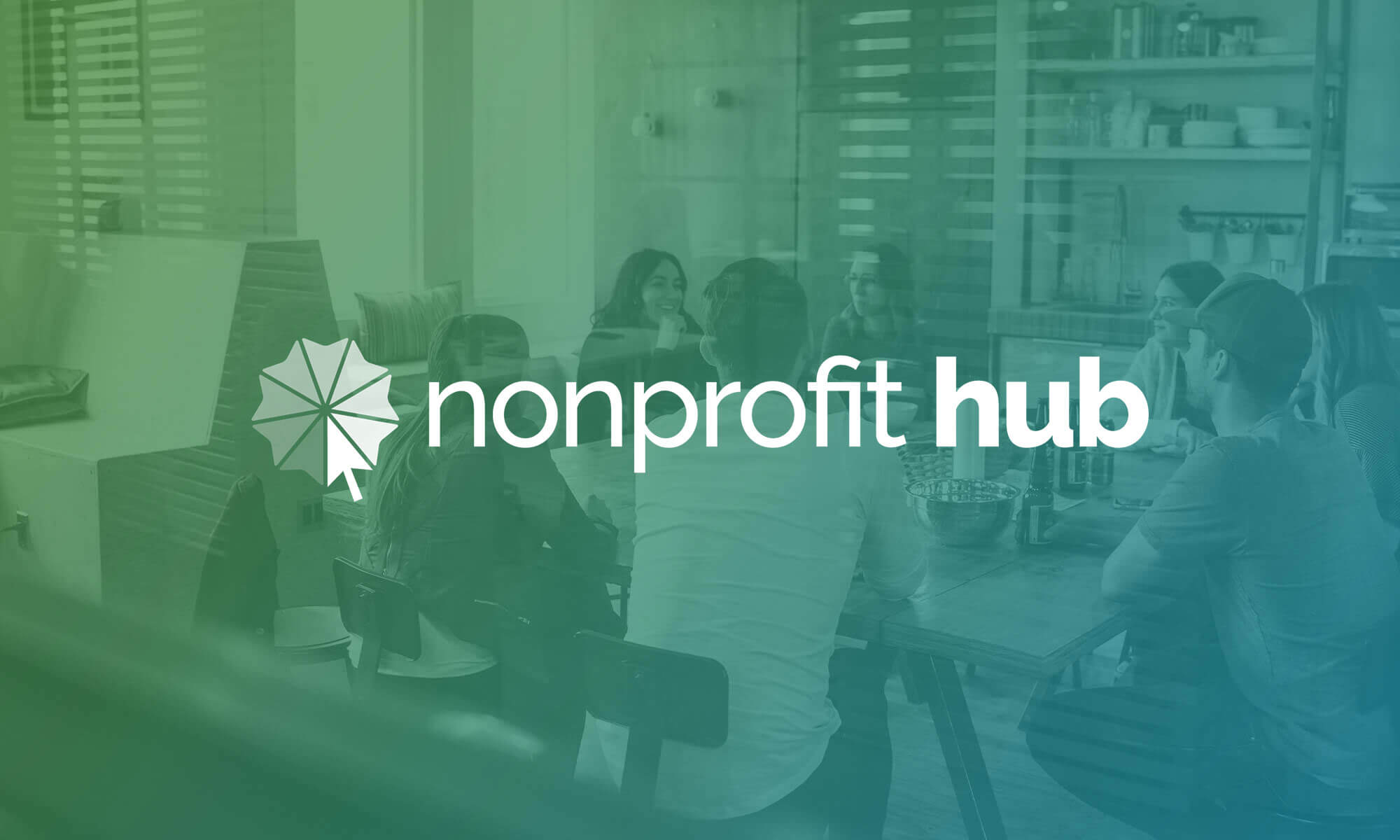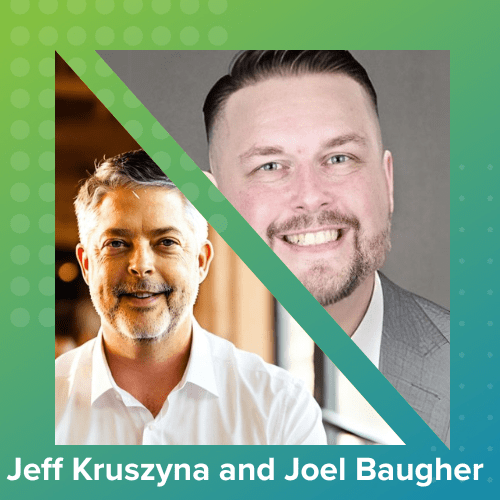Mike Browne is a guest contributor for Nonprofit Hub. He’s the Founder and Managing Partner of Browne Innovation Group, and is a recognized entrepreneur and marketing professional, having served on the Boards of public and privately held corporations as well as nonprofits.
_____________
The whole world is about commerce—except, that is, the Philanthropic sector. And, of course, Philanthropy is the realm we all work in. Our world is different, isn’t it? We don’t sell, do we? I mean, we share our stories and our mission and ministry—but we’re not really selling, are we?
But guess what? In a very real sense, the commercial world is moving more toward the ethos of Philanthropy in the sense that we (speaking now as a consumer) don’t want to be sold—we want to make up our own mind on every potential purchase from a car to a toaster and everything in between.
The truth is, we’ve always wanted to be in control and make up our own minds. I have shopped enough with my wife to see what I call the “shopping dance.” You walk into a store, a clerk approaches you and says something like, “can I help you?” to which you robotically respond, “no thank you, just looking,” or some variation of that phrase.
The truth is, none of us want to be sold. We want to look, read, research on our own, talk to friends for their input, and make up our own mind. But though that is our latent predisposition, in the world we all grew up in, the norm was TO BE SOLD. And in the end, we all acquiesced, accepted it, and put up with BEING SOLD. Of course, the process started with advertising. We were essentially always being talked at and sold to and can easily think of the countless TV commercials in which we were cajoled to desire the product or service. Or, in the auto or electronics showrooms—we were being sold.
Then, about 20 years ago, along came the Internet and, almost immediately after, the World Wide Web. And just when every business or organization had posted a website, along came Google to help us “Search” the Web and find what we were looking for.
And then something happened—it occurred to us that we had access to ALL the information in the world, or at least that part of the world we were interested in, be it comparing car prices, televisions, colleges, hotels, airline prices, etc.
Suddenly the world—literally the world—was at our fingertips. Search shifted the power arrangement and now we had access to ALL the information. And information is power.
The sold and selling paradigm started to fail. In his book, Real-Time Marketing & PR, David Scott describes the fourth stage in the evolution of websites as a change in ethos; Selling Bad / Information Good. Consumers and, by extension, potential supporters of charitable institutions suddenly realized ALL the information was within reach. Now the latent desire to be in control was fulfilled—the consumer and charitable supporters were in charge.
As nonprofits, we don’t SELL our charity do we? Of course we do—even though we go to elaborate extremes to pretend otherwise. Today, virtually all our existing fundraising organizations are transaction-based selling machines. Even some of the most respected and followed voices in fundraising talk openly: You’re a salesman. We all are. Or should be.
So the ethos of the consumer has shifted even as charitable institutions continue to SELL. But the truth is, consumers don’t want to be sold on a charity anymore than they want to be sold a car.
So now, the very sector (Philanthropy) that was never supposed to be about “selling” has in reality taken on the culture of the larger commercial Sales and Marketing sectors. It has evolved into a very sophisticated transaction-based, sales-oriented machine that mirrors the commercial world.
Except that now the commercial culture is shifting. The one thing about profit-driven commercial organizations (unlike the nonprofit fundraising sector) is that when revenue starts falling, the red flags and the alarms go off.
And then you have voices of profound clarity and brilliant insight, such as Scott Harrison of Charity: Water, coming into the nonprofit Development world from the outside and diligently looking for viable fundraising models (nobody really wants to start from scratch) only to conclude there were no viable Development models. Scott already understood “Selling Bad / Information Good.” He built his own from scratch and rocketed past those Development organizations that have been in the business for 50+ years.
Which brings us back to the shifting commercial culture. As I said, the alarms have been going off for some time in the commercial world. The people who need us to buy their products are shifting how they “do marketing.” They get that WE DON’T WANT TO BE SOLD. Consumers have ALL the information to make up their own minds. Sales Bad / Information Good.
So now we return to the nonprofit Development world.
The truth is, for many nonprofit fundraising organizations this whole shift has been covered up by the fact that the ethos of the Depression and WWII generational cohorts (which still make up the vast majority of your donor base) are “gift” givers. Their ethos is to give gifts to charitable institutions because they trust institutions. By the time you hit the Boomers, Gen X, and Millennials, they don’t trust institutions (Vietnam, Watergate, Jim and Tammy Baker etc.). When they choose to support a charity, they make a psychic and financial investment in that charity. Investment vs. Gift—big difference.
So your “sales” approach is still working (but declining rapidly) with the older generations, but starting with the Boomers, the “sales approach” is a loser. You need a new Development model that is in synch with the “Information Good” ethos of younger generations. You CANNOT SELL to the younger generations starting with the Boomers. They have shifted over—they are now empowered by unlimited information.
So, what’s your plan?
There are some books out there that can help, or, drop me a note (see email below) and I’ll make certain you get an invitation to our next webinar.
You quickly need to get on the path of developing a new fundraising model built on Network building and Relationship development. You say your current fundraising model is already built on developing relationships? You might be right, but here is a simple test. In your fundraising department, what do you MEASURE? We all know that what we measure is what’s really important. Do you measure the depth and quality of your supporter’s relationship with the organization, or do you measure their donations? Do you count first your number of friends or the money your friends gave?
With the right plan you can have both—but only if you focus on the friends and not the money.
For Development in today’s fundraising world, “Nothing moves until something is sold” is now “Nothing moves until someone supports you.”
Big difference, and one that you need to internalize and move toward VERY QUICKLY or you may have no future.
_____________
You can reach Mike at [email protected]






